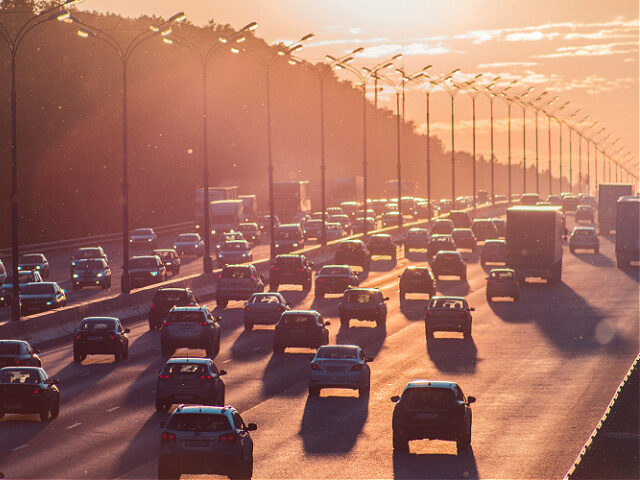Car insurance rates have continued to rise dramatically after the coronavirus pandemic, despite predictions from industry experts that the increase would have slowed down by 2024, data scientists said in a report.
A Sunday report from insurance comparison company Insurify revealed that Americans have paid 15 percent more in full-coverage premiums in the first half of this year compared to 2023 and that a total 22 percent increase is projected by the end of 2024.
Nationwide drivers are paying a stunning 48 percent more than what they did in 2021, according to Fox Business.
States like California, Missouri, and Minnesota are on the higher end of the spectrum, with Insurify’s data scientists predicting that they could see premiums shoot up by more than 50 percent this year, in part, due to natural disasters like severe storms and wildfires.
Maryland has the highest insurance rates, with the average driver with full coverage paying $3,400 annually.
The report attributes this to recent “legislative changes” that have increased insurers’ financial responsibility, “leading them to charge higher premiums.”
The law, which went into effect on July 1, requires auto insurers to provide enhanced uninsured motorist coverage (EUIM).
“The provision allows policyholders to ‘stack’ the at-fault driver’s liability insurance with their personal uninsured or underinsured motorist (UM/UIM) coverage. Insurers account for this increased financial responsibility when setting rates,” Insurify explained.
Other factors contributing to rising costs around the country are the remaining supply chain disruptions from the pandemic and a nationwide mechanic shortage, both of which have made the cost of fixing cars skyrocket.
There were 2.6 automotive technician jobs for every postsecondary technical program graduate by the end of 2023, according to the TechForce Foundation’s annual supply and demand report.
The foundation estimated that the number of graduates completing post-secondary programs in the automotive sector has dropped by 20 percent since the pandemic started, and the number is projected to get worse.
“The automotive, collision, and diesel industries have suffered from a massive gap in supply and demand, leading to a significant technician workforce shortage that has plagued the industry for decades,” TechForce’s last annual report stated.
The number of automotive technicians is projected to continue decreasing in the coming years.

COMMENTS
Please let us know if you're having issues with commenting.